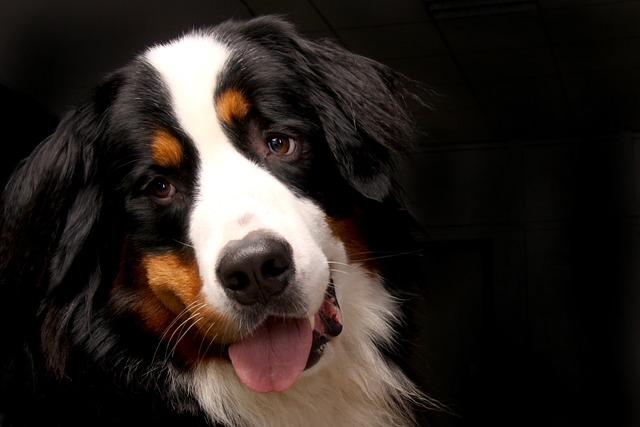
How do i train my dog to be obedient?
Watching your dog dart across the park ignoring your calls isn’t just frustrating—it can put them at risk near busy streets or public spaces.
Coming home to find your favorite pillow shredded or the door frame splintered can feel like a personal betrayal. But here’s the hard truth: your dog isn’t acting out of spite. Destructive chewing during alone time is a distress signal—a sign of anxiety, boredom, or unmet needs. Fixing it requires empathy, strategy, and a commitment to ethical, science-backed solutions that align with modern pet care standards.
First, rule out the hidden culprits. Sudden destruction might indicate dental pain, nutritional gaps, or digestive issues. A vet visit is non-negotiable—especially since undiagnosed suffering could violate animal welfare laws in places like the UK or Germany. Next, consider why the chewing happens only when you’re gone. Separation anxiety (panting, pacing, vocalizing) and sheer boredom are the top triggers. Puppies and high-energy breeds like Vizslas or Spaniels are especially prone.
Your immediate game plan: Manage the environment, not the dog. Expecting a dog to "self-regulate" with your shoes accessible is unrealistic. Use baby gates to restrict access, remove temptations (remote controls! charging cables!), and create a "safe zone" with chew-proof bedding. Crating can work if introduced positively—but research local laws first. EU regulations often limit crate duration, while US states like Nevada require ample space and enrichment. Never use confinement as punishment.

Now, tackle the root cause. For boredom:
Pre-departure exercise: A 30-minute sniff walk tires brains better than a sprint.
Mental enrichment: Stuff rubber toys with frozen kibble/canned pumpkin. Rotate puzzle feeders weekly.
Scent games: Hide treats in cardboard boxes—destruction you control!
If separation anxiety is the villain, punishment backfires spectacularly. Scolding a panicked dog worsens their fear and may breach animal cruelty laws in places like France or California. Instead:
Start with micro-absences (30 seconds), rewarding calmness.
Create positive associations: Give a long-lasting lick mat only when leaving.
Skip dramatic goodbyes—low-key exits reduce tension.
Training is your anchor. Teach "place" or mat work to build calm independence. Reward any moment your dog chooses a toy over furniture. If they eye your baseboard, calmly redirect to a yak chew and celebrate their switch. Consistency from all household members is vital—mixed signals fuel confusion. Remember, devices like shock collars or ultrasonic deterrents are banned across much of Europe (Germany’s TierSchG law) and restricted in US cities like Denver. Force-free methods aren’t just kinder; they’re often legally required.
Progress takes patience. Track small wins—if your dog chewed only one item instead of three, that’s improvement! If destruction continues after 4-6 weeks of consistent effort, partner with a certified separation anxiety specialist (CSAT or similar) or veterinary behaviorist. In severe cases, vet-prescribed anti-anxiety meds combined with training can be transformative and humane.
Your dog can learn to feel safe alone. It demands understanding their distress, reshaping their environment, and replacing destruction with confidence. The result—a peaceful home and a secure, content pup—is worth every mangled slipper you’ve lost along the way.

Watching your dog dart across the park ignoring your calls isn’t just frustrating—it can put them at risk near busy streets or public spaces.

New puppy owners often find themselves rushing to clean up accidents before they set in, and that’s where puppy pad training becomes a game-changer.

If you've noticed your dog's waistline disappearing and your veterinarian has mentioned those few extra pounds, your first instinct might be to simply reduce the amount of food in their bowl.

Training a dog to use a designated spot indoors isn’t as daunting as many new owners fear, but it does take consistency and an understanding of your pet’s needs.

That moment of dread on a walk is all too familiar for many new dog owners. You see another dog approaching down the sidewalk of your neighborhood

If the sight of another dog on your neighborhood walk makes your heart sink as your own dog erupts into a frenzy of barking and lunging, you're not alone.